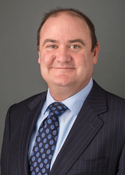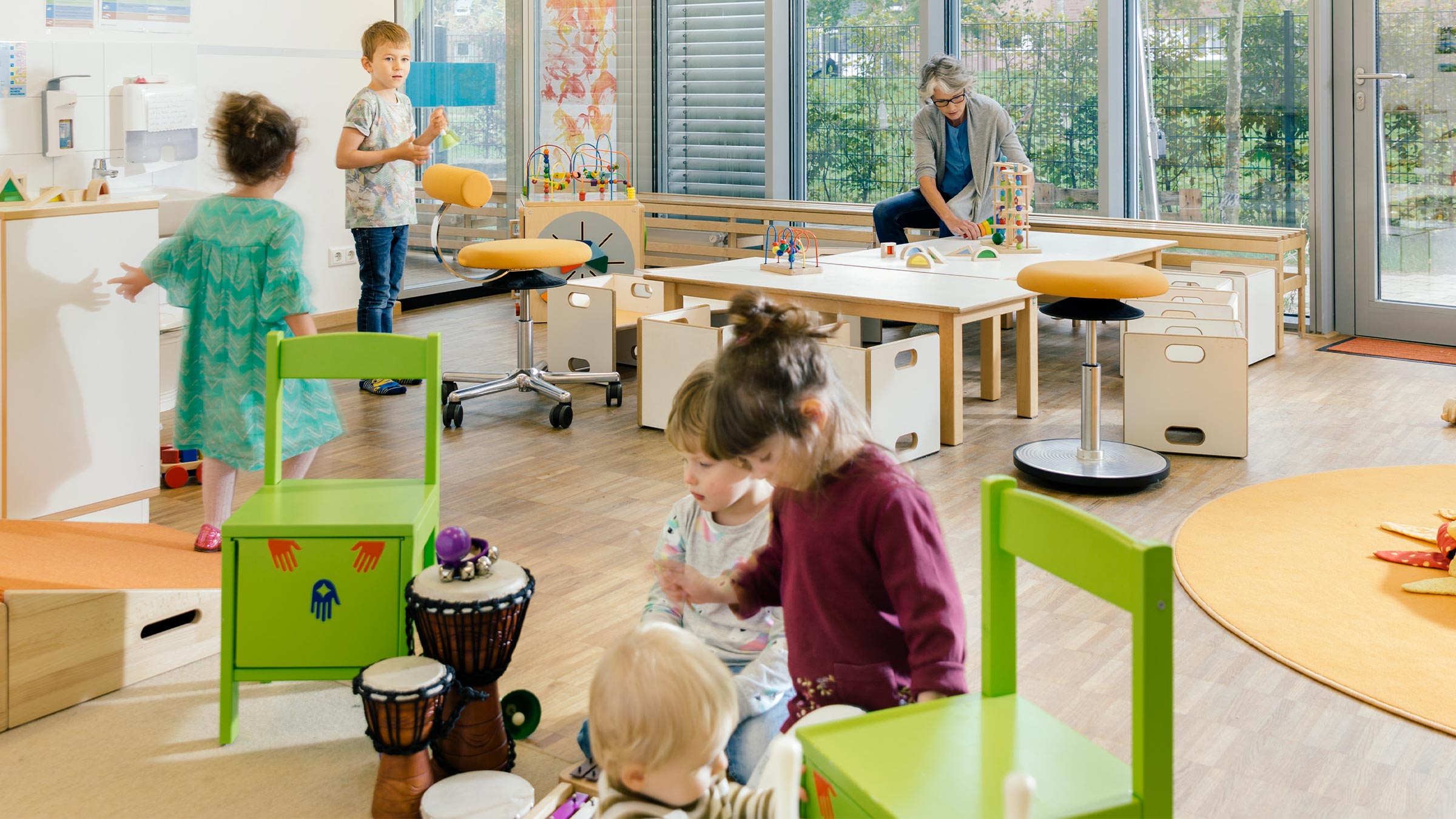Nearly nine of 10 respondents are optimistic for their communities’ economies in 2015— the highest proportion in the history of the fedgazette’s annual business conditions poll conducted in November.
“We are very hopeful that the economy is back on the right track for growth,” said a Minnesota executive from an employee services firm, one of 315 business-leader respondents. Said another respondent from the construction industry: “Gasoline below $3 a gallon and new construction activity is having a huge positive impact on the economic outlook for 2015.”
Respondents expect increased sales and investment for their own companies in 2015. Firms also expect to raise prices and increase wages. Across much of the Ninth District, business leaders expect their communities’ economies to grow. Business leaders believe that housing starts, business investment and employment will rise in their local communities. They also see modest inflation and moderate growth at the national level. Tempering this optimism are concerns about obtaining workers and complying with government regulations.
Companies expect continued growth in 2015
Respondents were upbeat regarding future sales and employment (see Chart 1). Almost half expect sales increases in 2015, while a quarter see lower sales revenue. Retail, construction and agriculture sectors expect more gains in sales than do other industries. In addition, more respondents from Minneapolis-St. Paul and North Dakota than from other geographic areas expect gains in sales. Respondents from the Upper Peninsula of Michigan were the least optimistic about the future of their firms.
Part of the expected sales revenue growth is due to higher selling prices, as 38 percent of all respondents anticipate raising prices in 2015, compared with 19 percent who see their prices dropping. Meanwhile, more respondents expect their firms to increase hiring full-time employees than decrease. This is evident among all industry sectors and geographic areas except Montana.
Most business leaders saw higher productivity last year, and more respondents than not expect capital investment at their firms to increase in 2015. This is especially true in North Dakota as well as for those from agriculture, construction, and finance and insurance.
Survey participants indicated that they may have an easier time financing capital expenditures due to improved access to credit over the past three months. Nineteen percent of respondents indicated that access to bank credit has improved versus 4 percent who noted deteriorating conditions. This improvement occurred across all industry sectors except retail and throughout the district except in the Upper Peninsula of Michigan.
District businesses face some challenges. More than two-thirds said that securing workers was a challenge. This labor concern varied across the district, with a high of 82 percent from North Dakota and a low of 60 percent from Montana reporting difficulty. In addition, 67 percent said that complying with government regulation was a challenge or serious challenge.
Moderate state, modest U.S. growth expected
Optimism about state economies increased to record levels. High optimism levels are prevalent across the district except in the Upper Peninsula of Michigan (see Charts 2 and 3) . Respondents generally expect increased employment, business investment and consumer spending, with North Dakota and the Minneapolis-St. Paul area having the highest share of positive responses, while those in the U.P. expect flat employment and a drop in consumer spending. All industry sectors were positive about their state economies; the strongest results come from the finance and insurance and construction sectors.
Statewide housing starts are expected to increase across the district in 2015 compared with 2014. The only exception is the U.P., where decreased activity is expected. More respondents than not from all industry sectors expect increased housing starts in their communities.
Wages are also expected to rise moderately, with 71 percent seeing 2 percent to 3 percent increases. In North Dakota, however, 53 percent are forecasting increases of 4 percent or more. Among industry sectors, construction expects the largest wage increases, and the retail sector the lowest.
Respondents see moderate economic growth at the national level. Over half expect 3 percent growth in gross domestic product in 2015, with 32 percent expecting slower growth and 17 percent expecting faster growth. Moderate inflation is expected, as over half foresee the consumer price index increasing by around 2 percent, with 20 percent expecting lower inflation and 28 percent expecting higher inflation.
Business Poll Results [xlsx]








